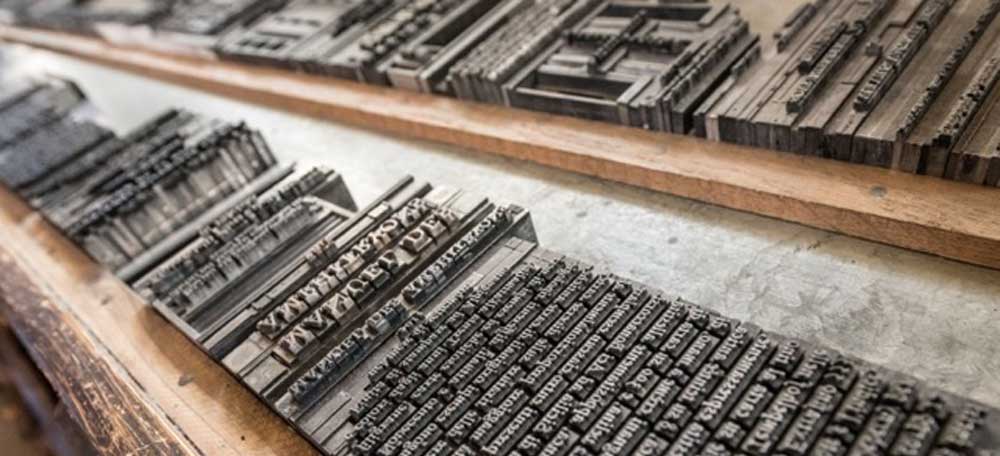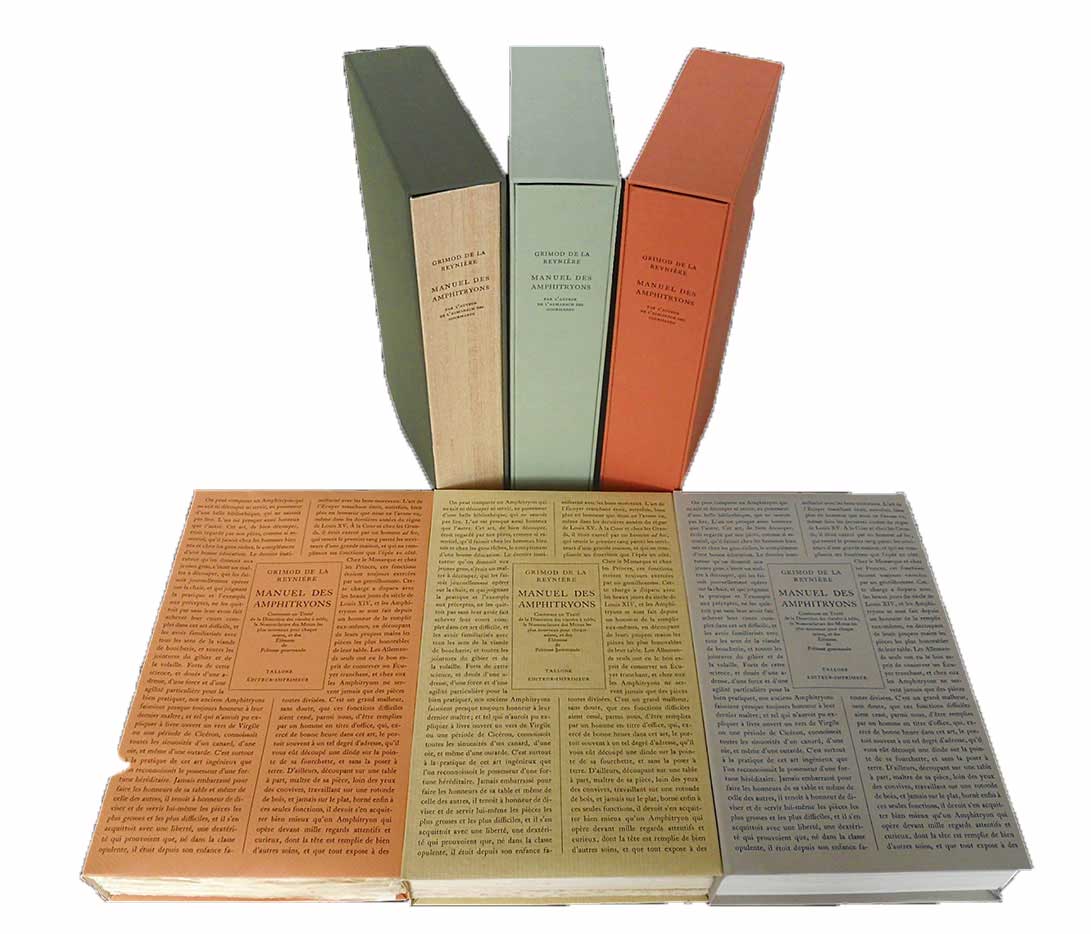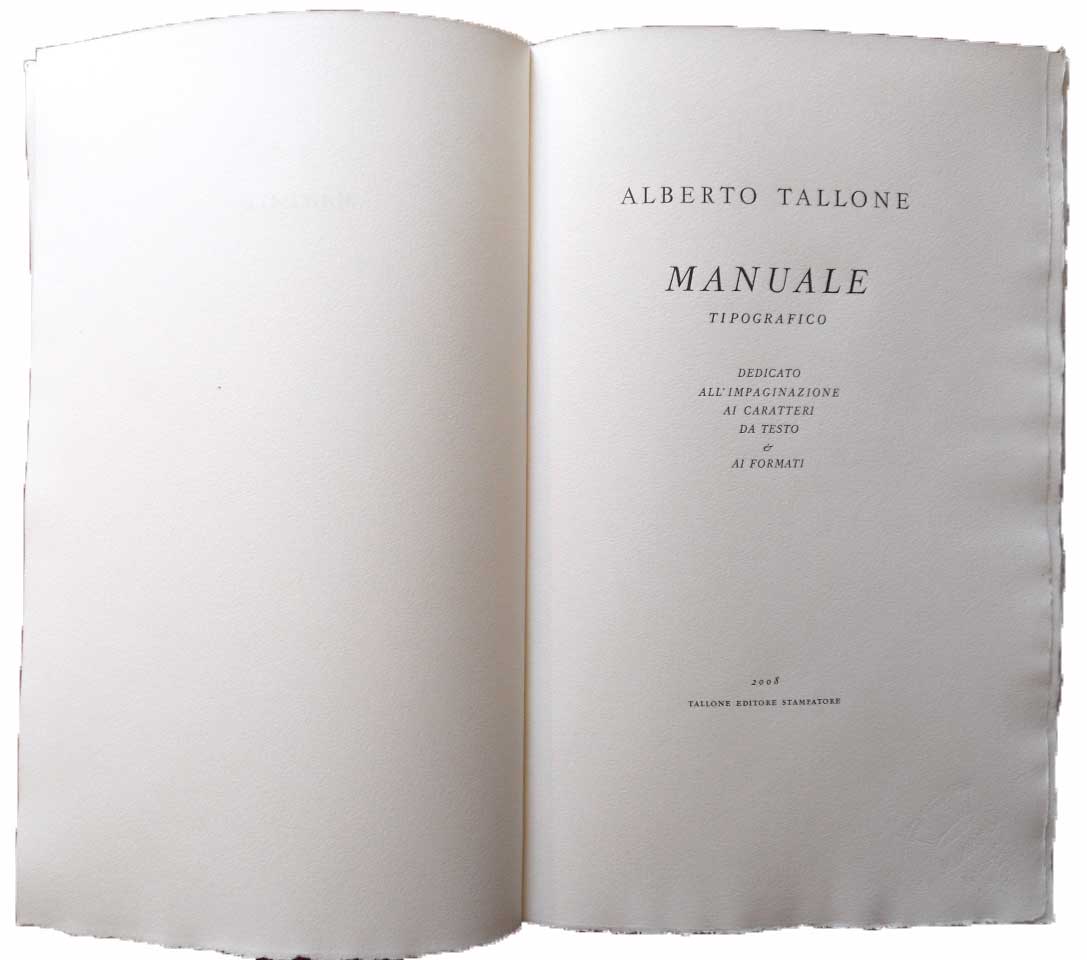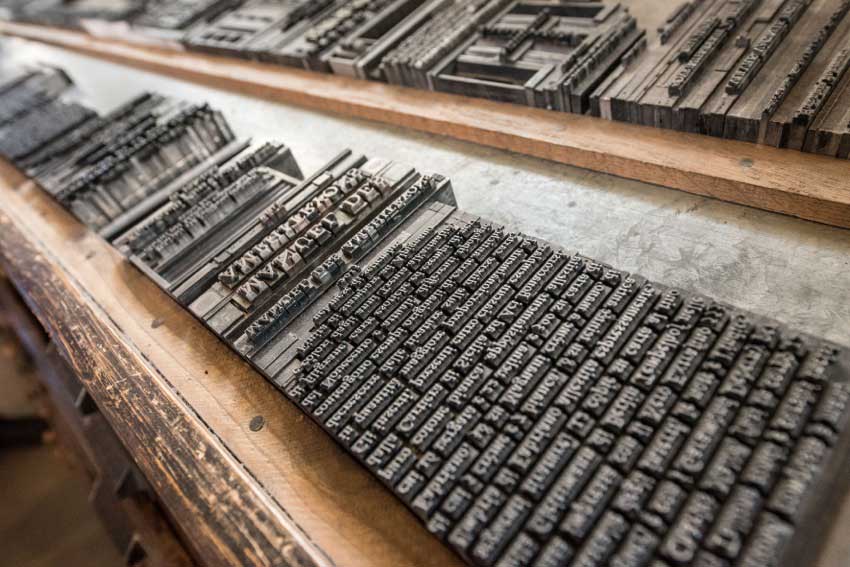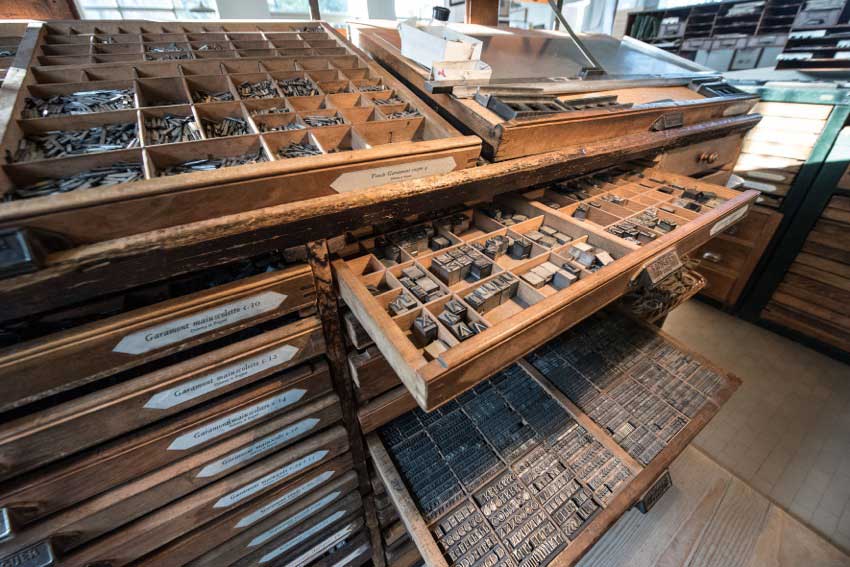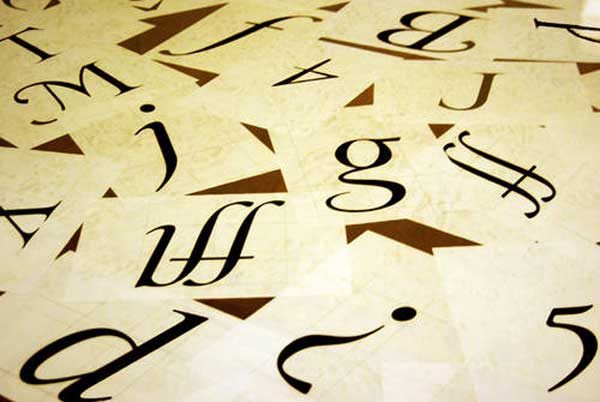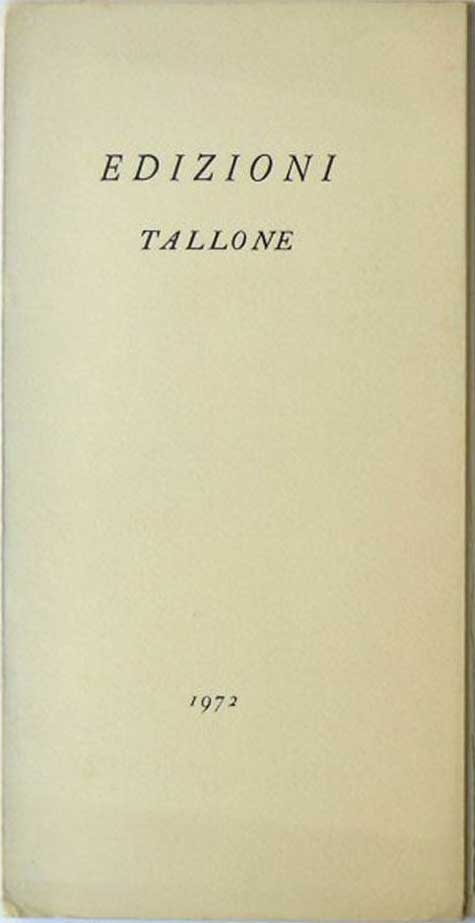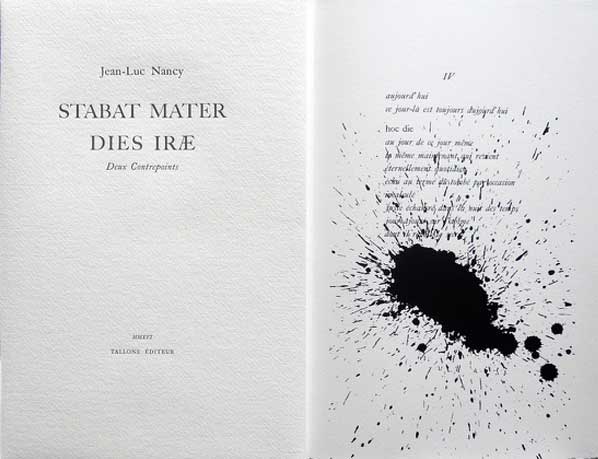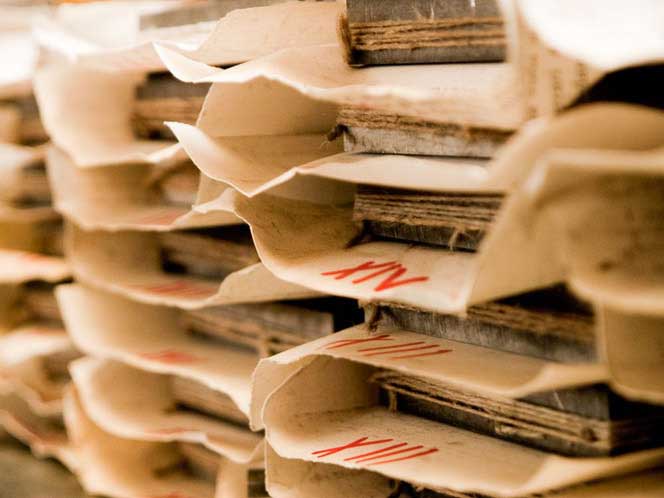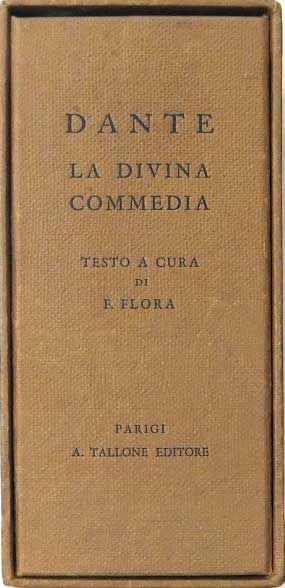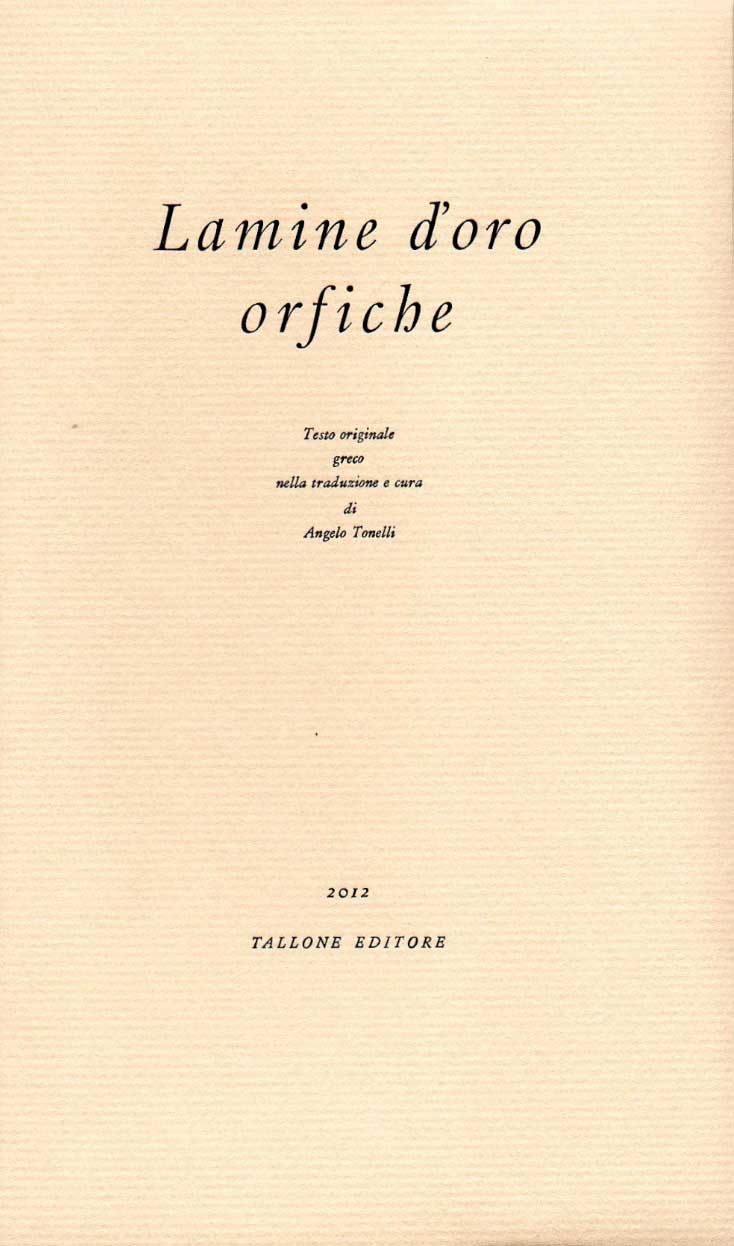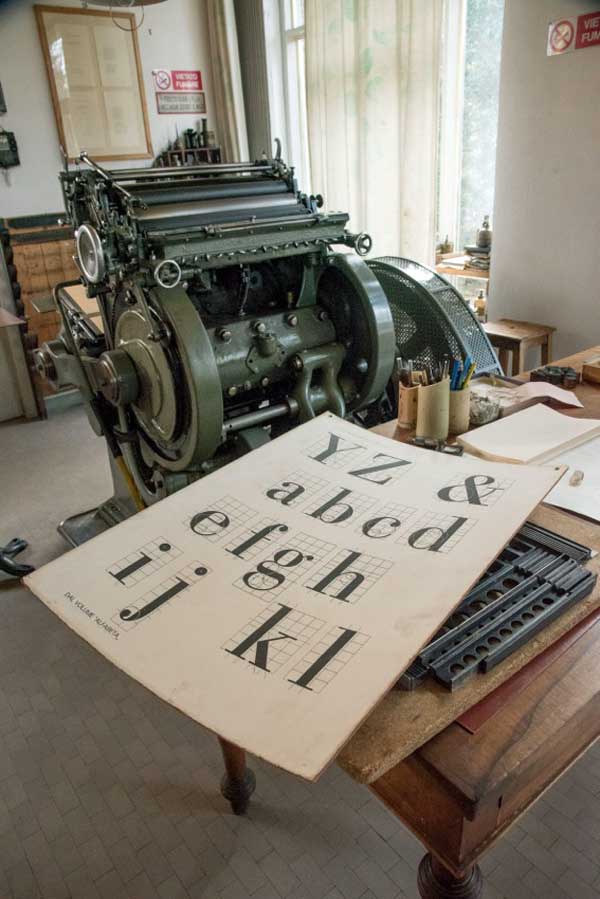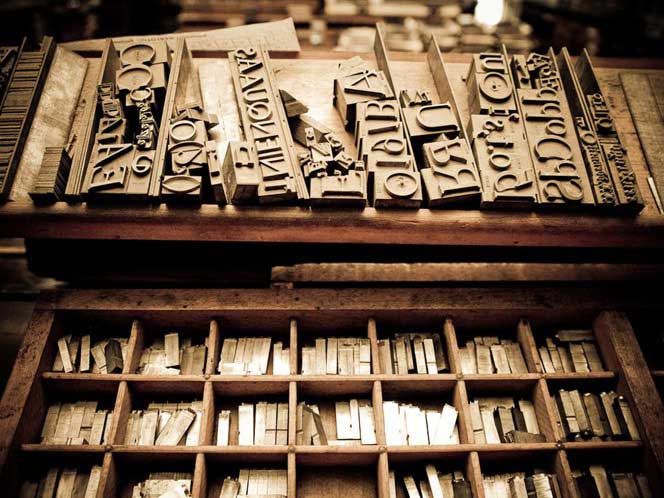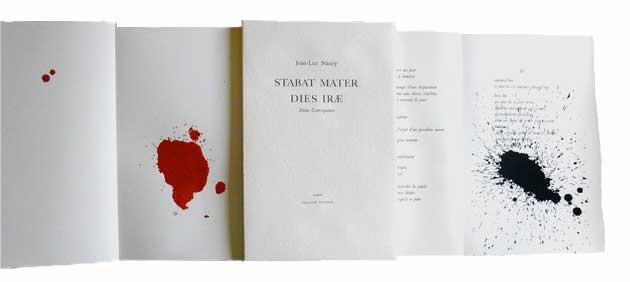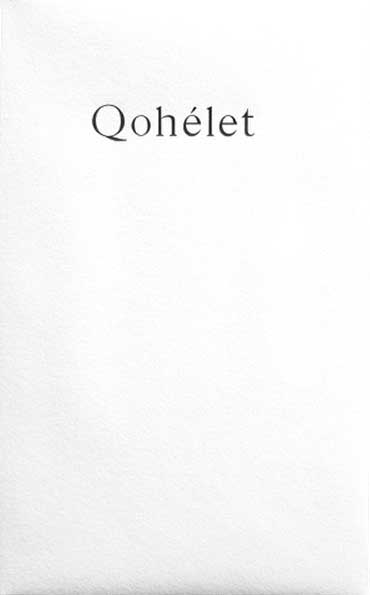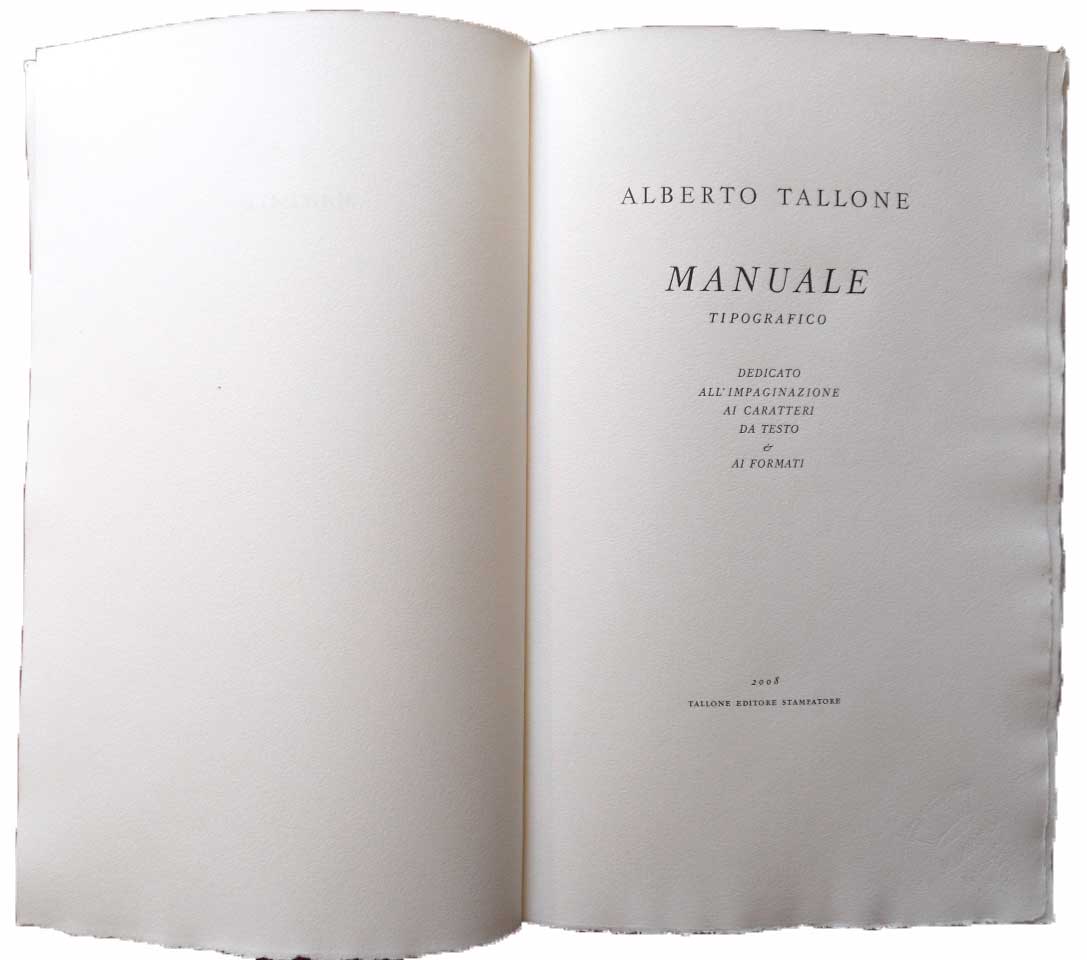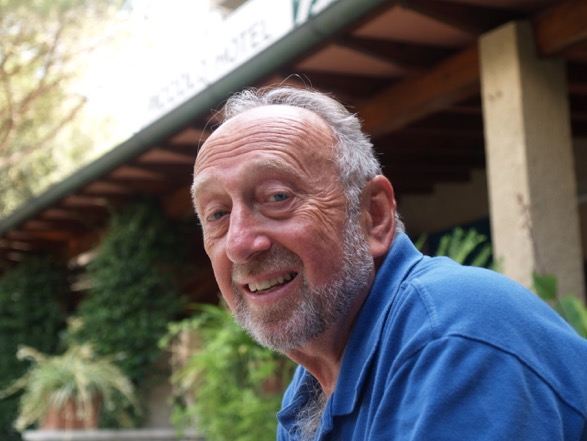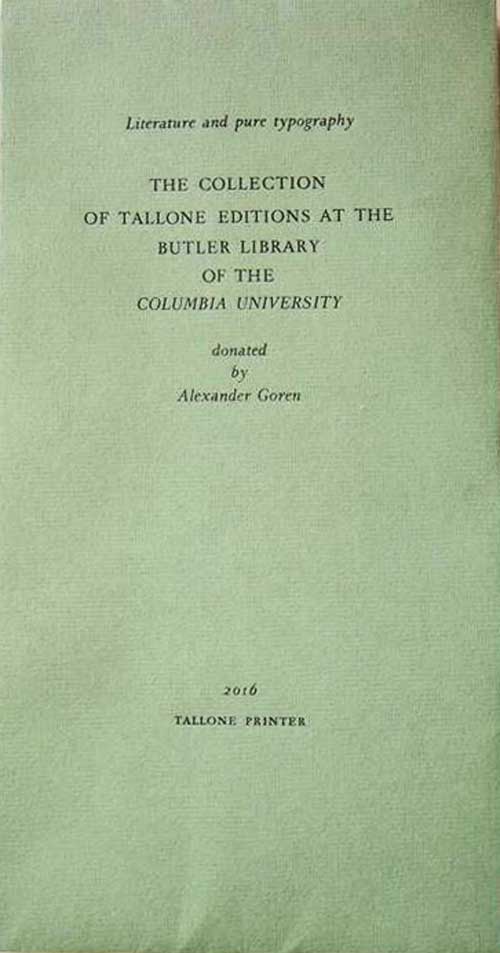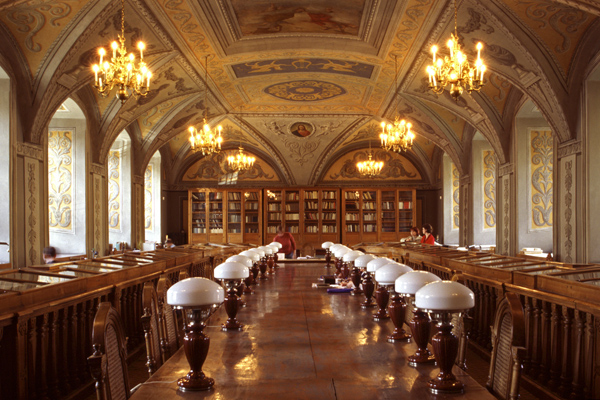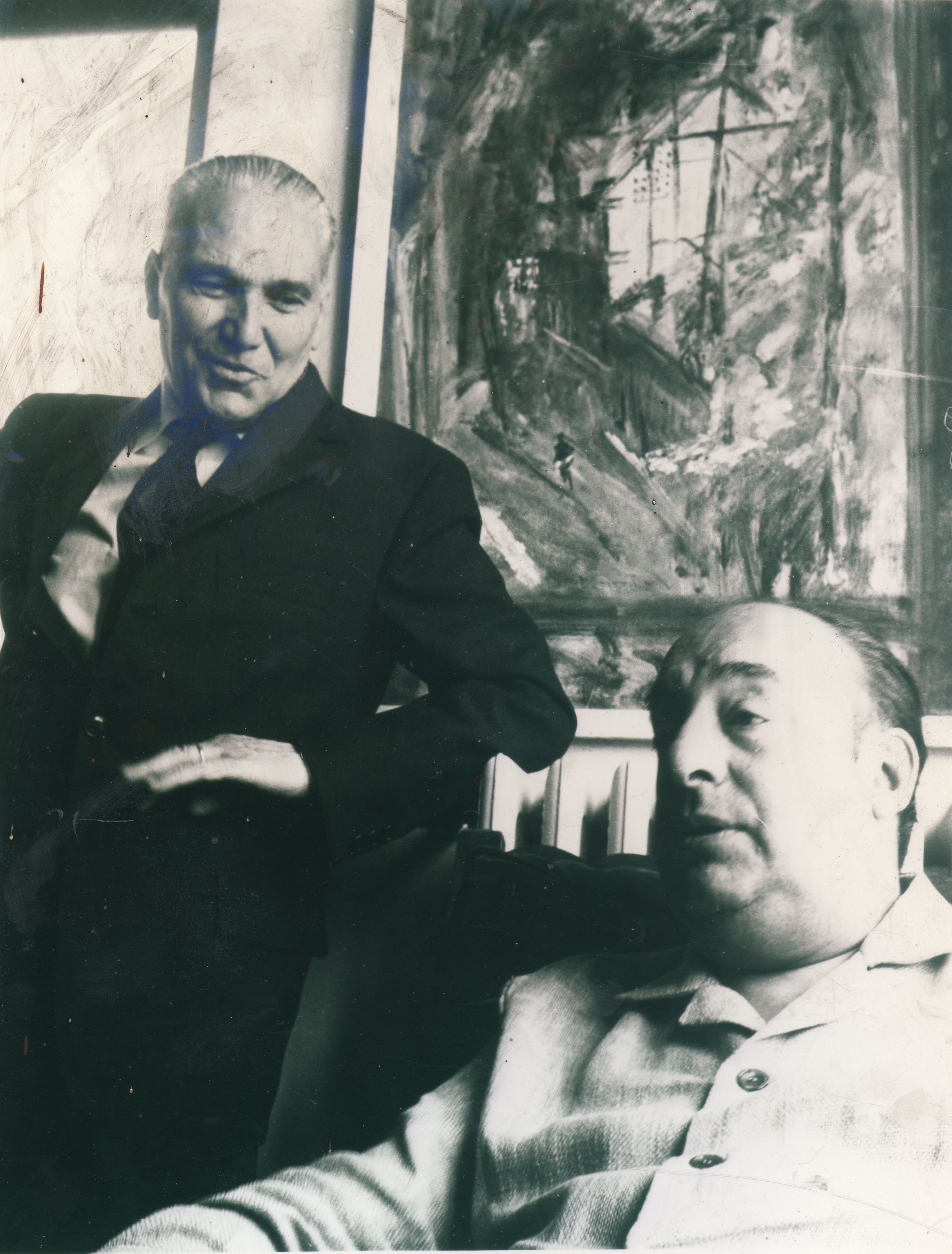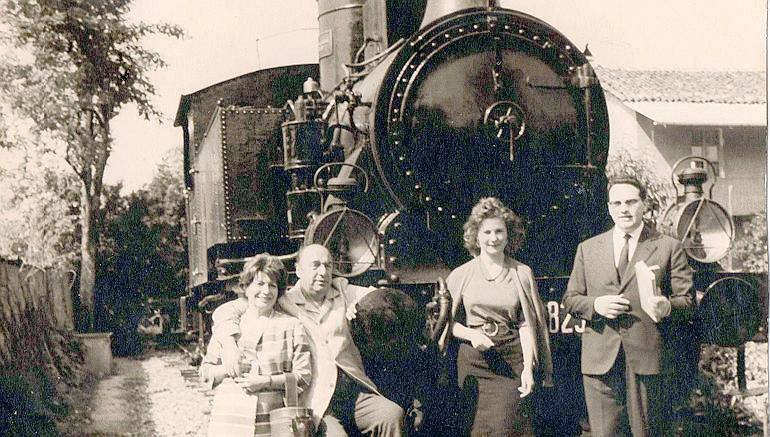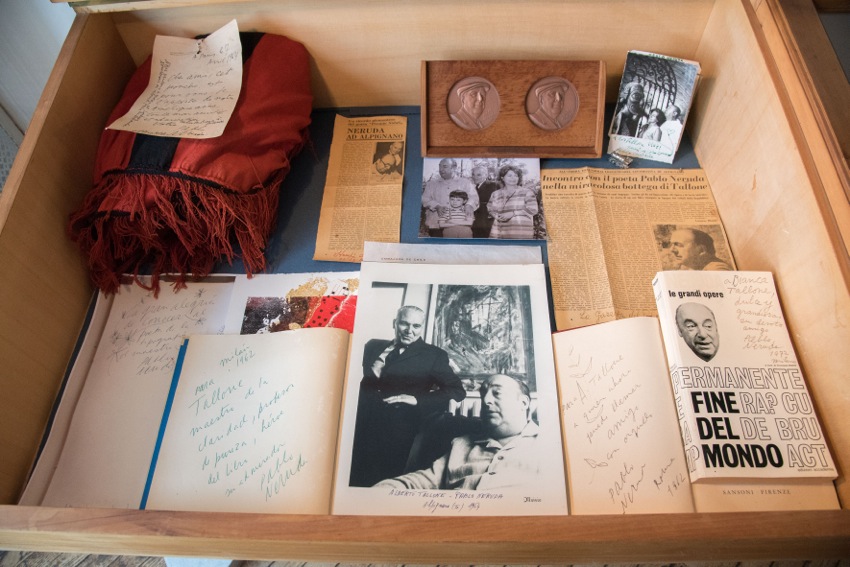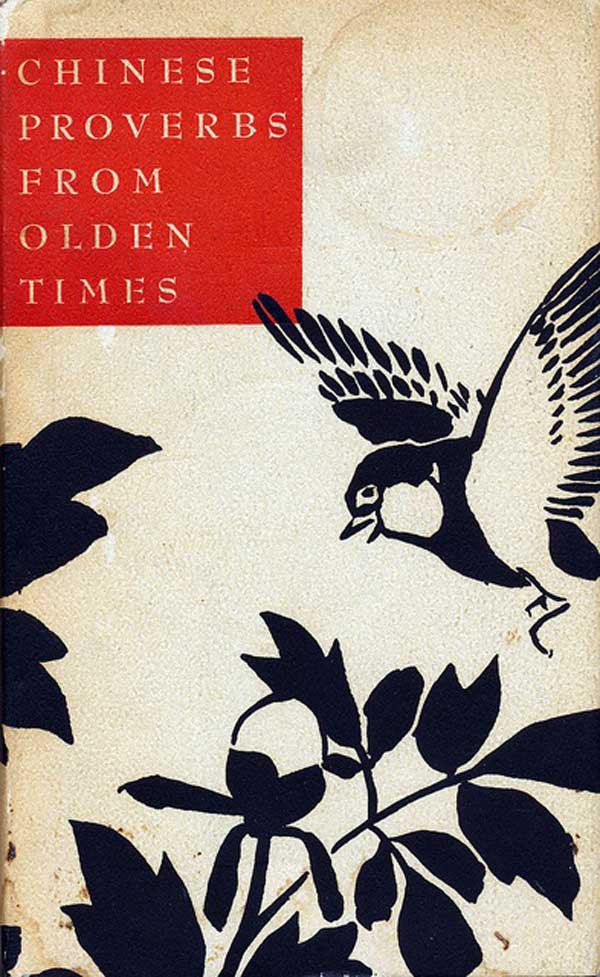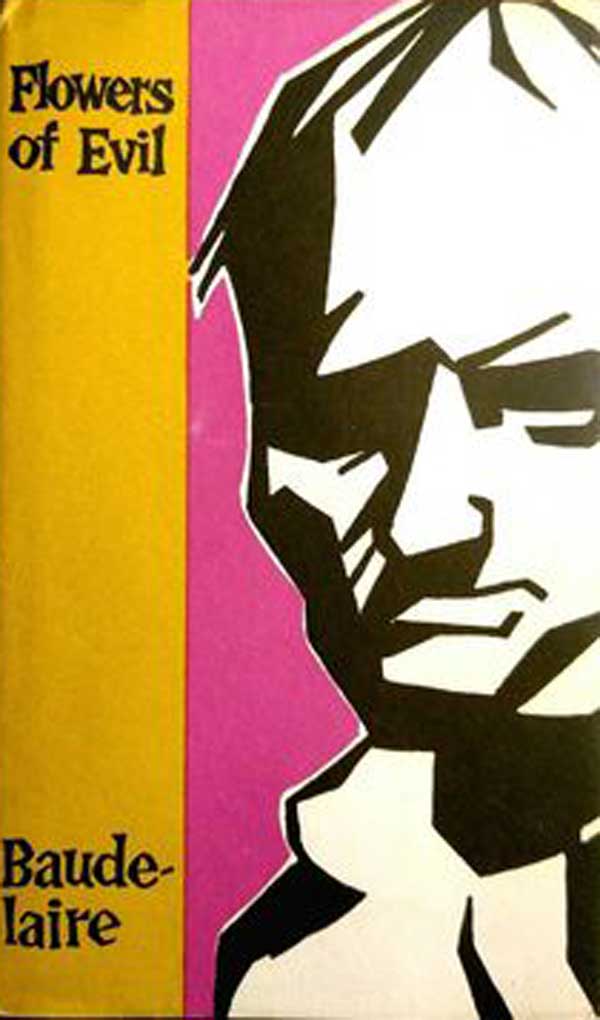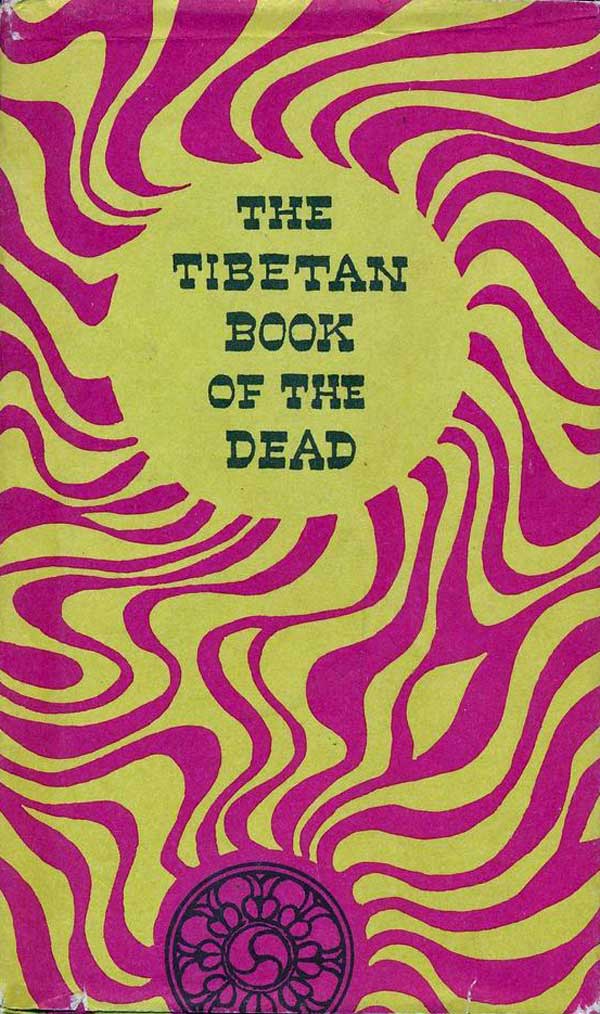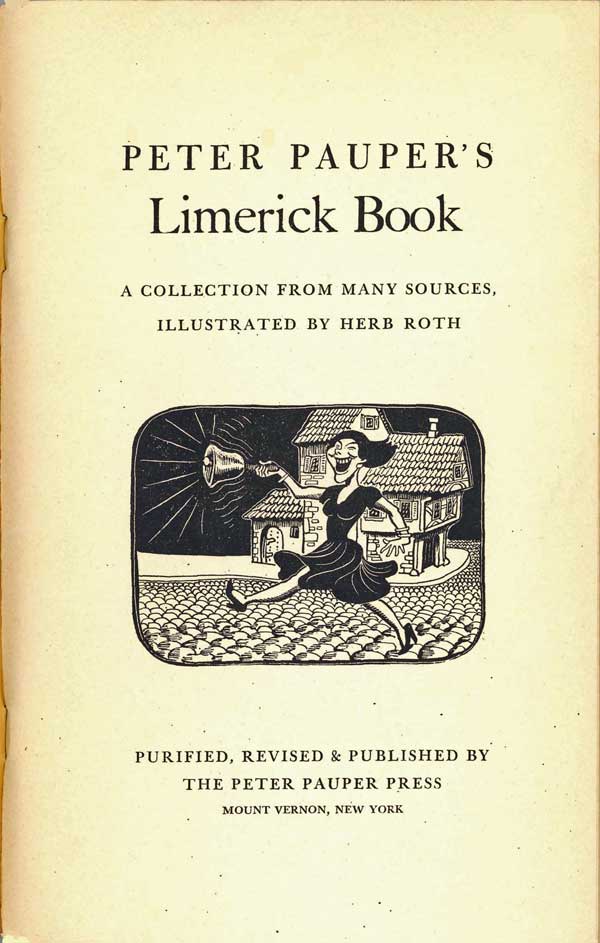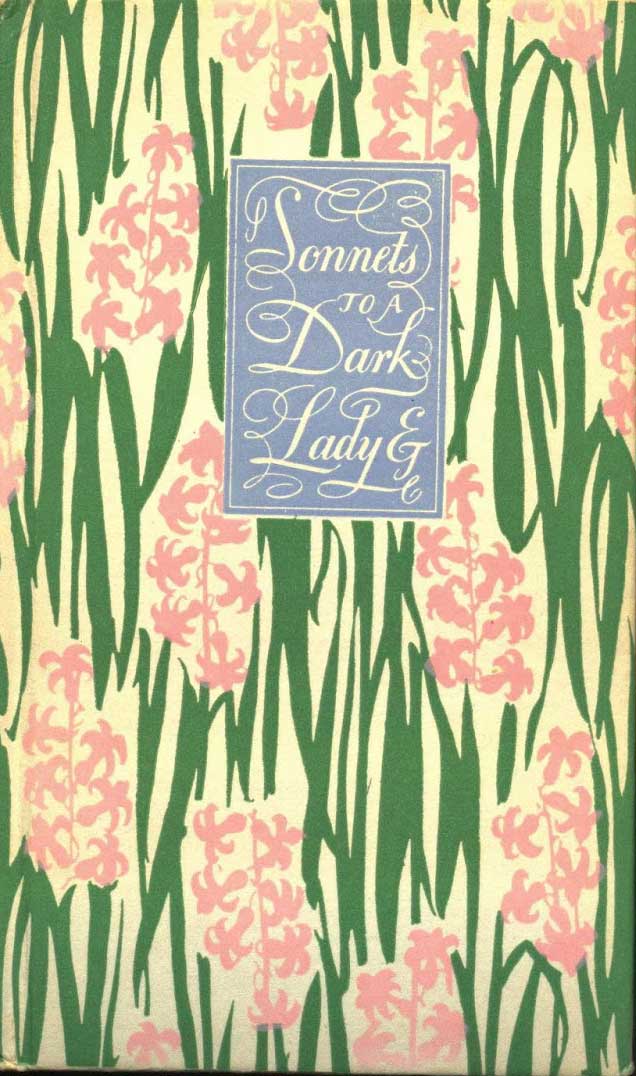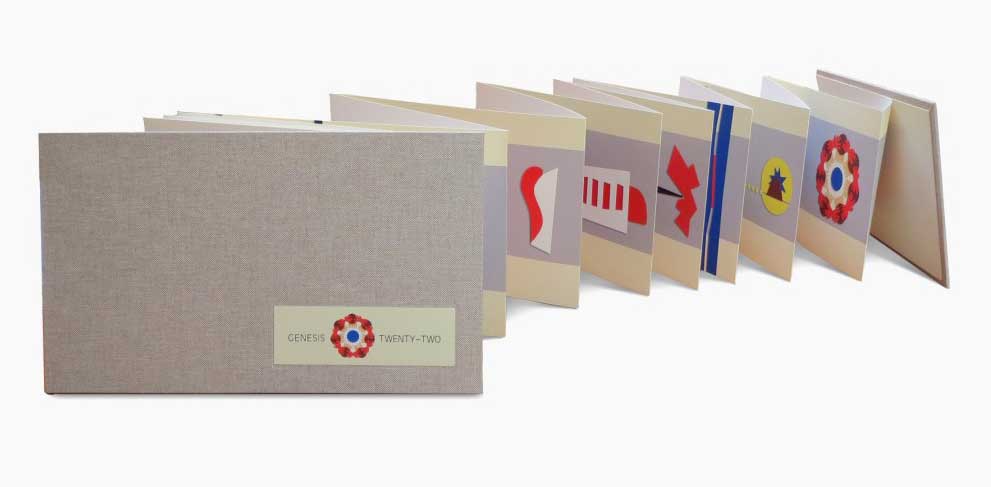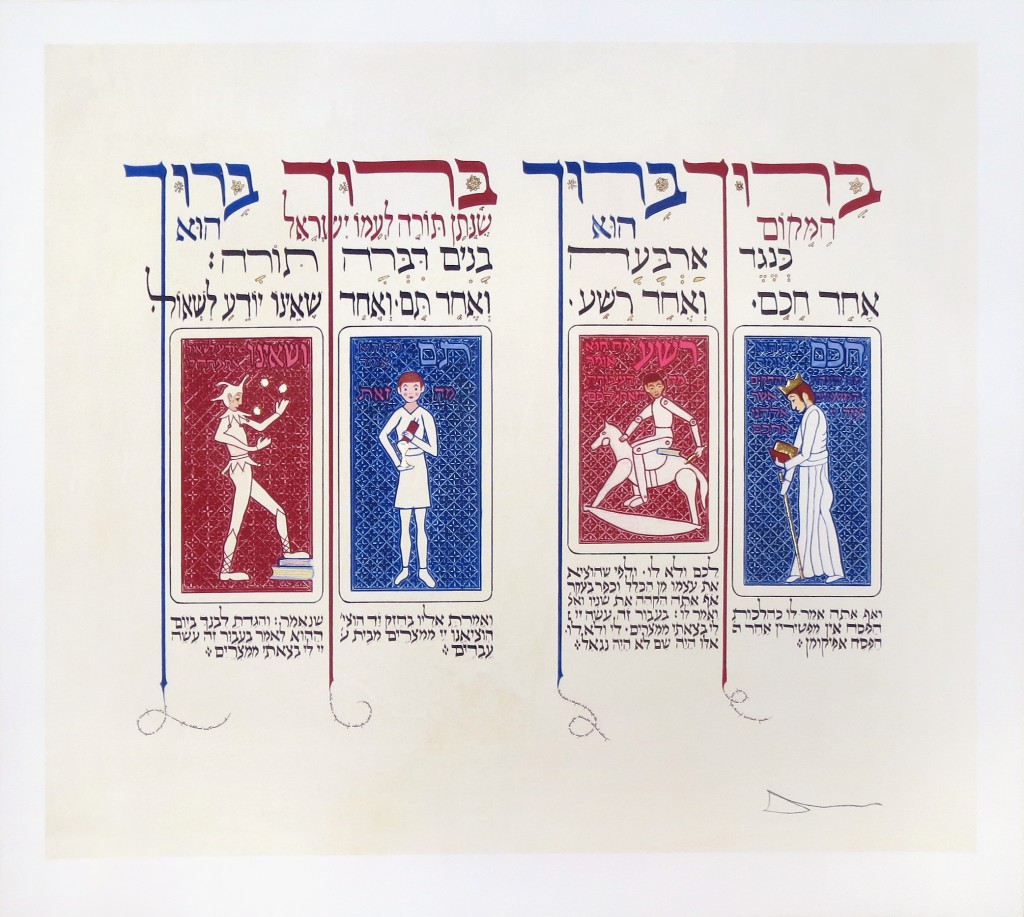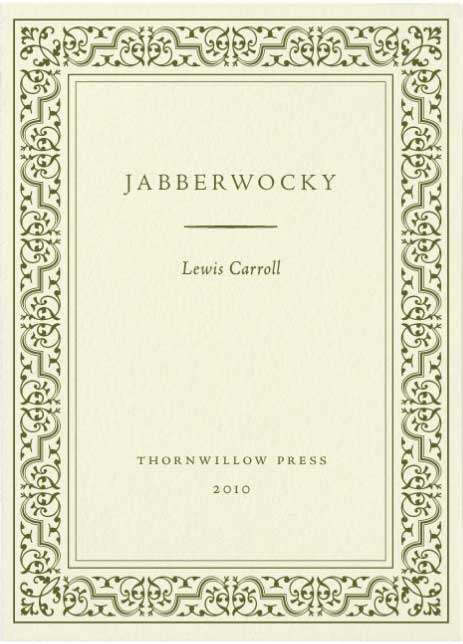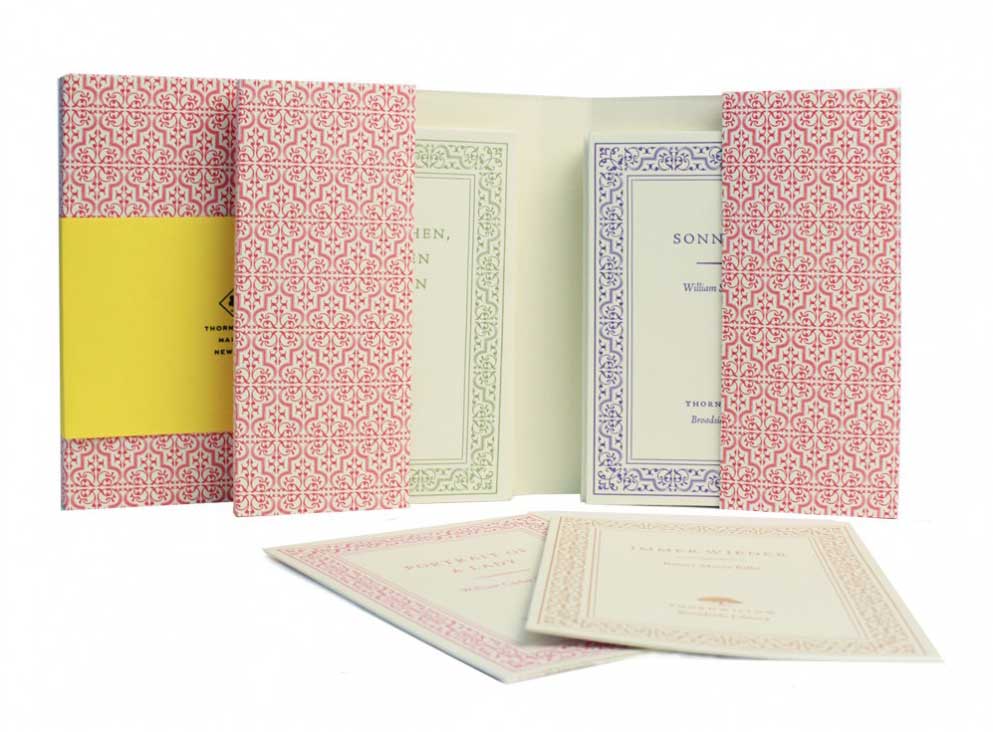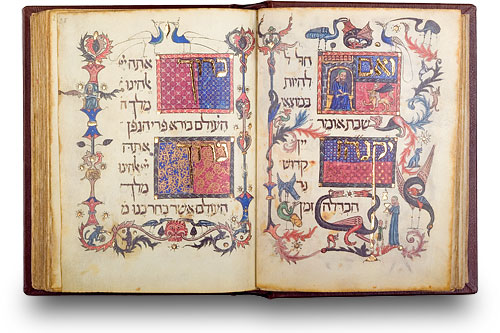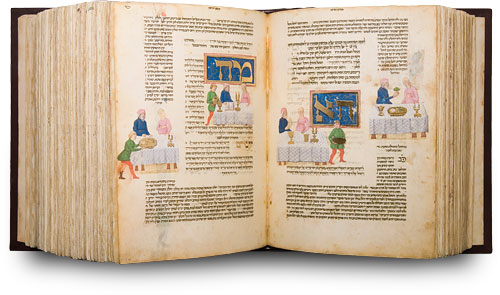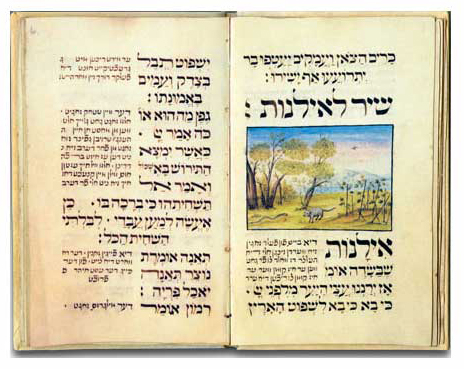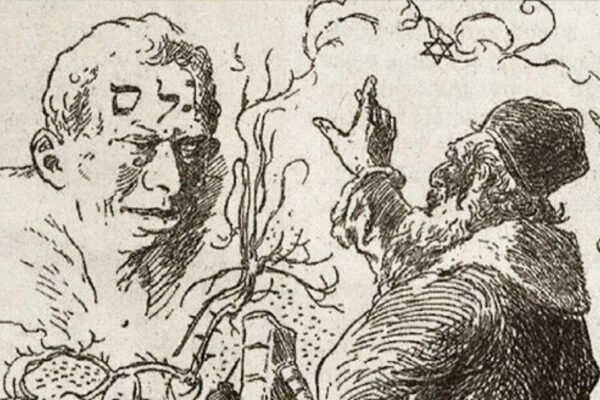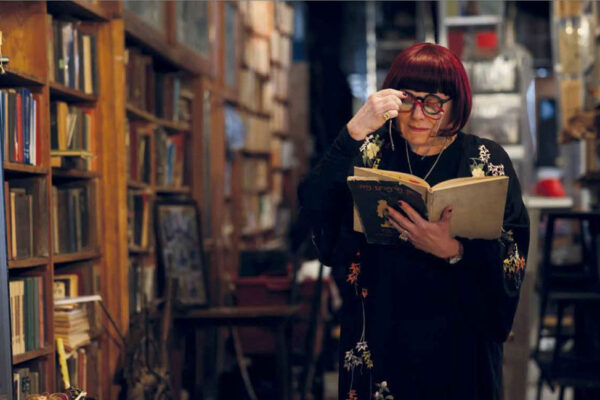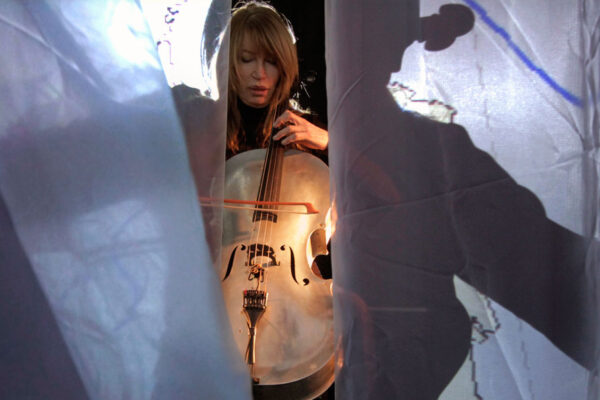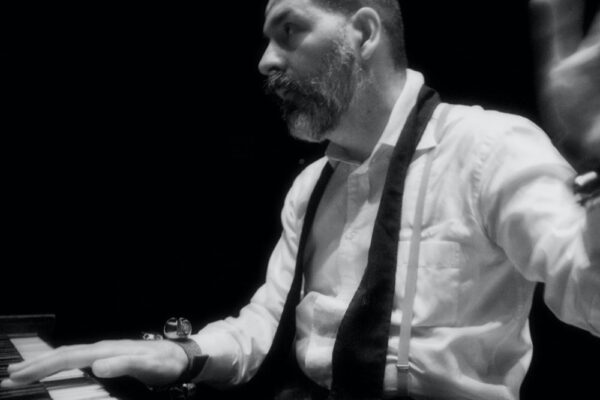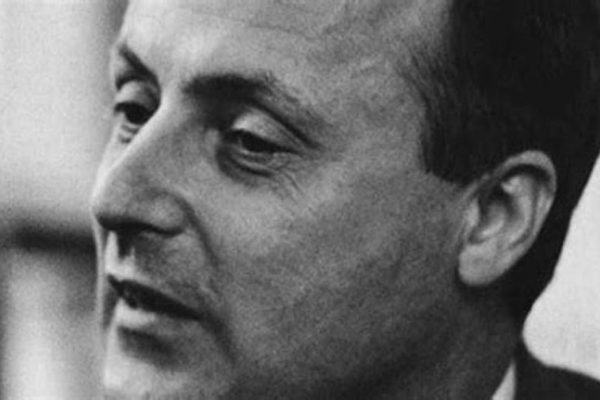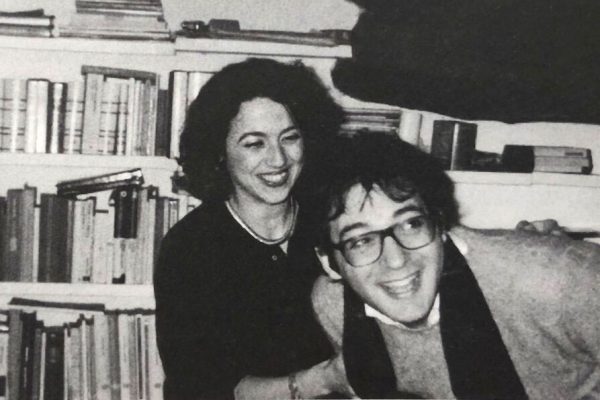The Rare Book and Manuscript Library at Columbia — and consequently New York City at large— have been fortunate to receive a most extraordinary gift: the Alberto Tallone Editore collection: some 450 exquisite volumes, produced first in Paris, then in Alpignano, Italy by one of the last, and most famed family-operated publishers of fine books in the world.
The Tallone books are entirely set by hand with original type fonts of great beauty, derived from the punches cut directly by typographical legends such as Nicholas Kis (1650-1702), and William Caslon (1693). They are printed either on pure-cotton papers or on selected precious papers from China and Japan. Some are set in the Tallone font, created by Alberto Tallone, and inspired by the classical architecture of Andrea Palladio.
The core collection consists of classics of Western thought, literature and poetry, from antiquity to the present including, among others, Dante Alighieri, Giacomo Leopardi and Giovanni Boccaccio. Each one of Alberto Tallone Editore’s book is not only a marvelous hand crafted object, but a living tribute to the history of European book making at its best.
The man responsible for this donation is the investor, philanthropist and book collector, Alex Goren.
Born in Bucharest, Mr. Goren has spent his life between Italy, Canada, England, Israel and New York City. A man of great charm with a youthful open face illuminated by mobile and piercing blue eyes, he weaved together moments of his life and bibliophile passion.
Alberto Tallone Editore: publishing house and books
Alessandro Cassin: A bibliophile is a lover of books, when did this love of yours began?
Alex Goren: Well for one thing, I don’t like to throw things away. Consequently when I would buy books I would read them and then keep them. Once in a while I go back to them, to look up something or to re-read a passage.
Did you grow up in a house with many books?
Not really. There were some, but not many.
Your family left Romania, in 1944, I would imagine that had there been a family library, it would have been left behind…
My father, though an avid reader, was never a collector. My mother read novel, and some mystery stories.
What are your earliest memories involving a book or reading?
I began reading, children books of course, at age 8. Already as a child I was very curious, and books were means for all kinds of explorations and discoveries. I went through what was then standard fair for my age, La Fontaine’s Fables, the Grimm brothers and Hans Christian Andersen. I remember with fondness Shakespeare’s plays in abridged versions. There was one book on archeology I loved, C. W. Ceram’s Gods, Graves and Scholars: The Story of Archeology. It told the story of many of the big archeological discoveries from all over the word, from the digs in Troy, to the Pharaohs tombs, Tutankhamen, etc.
I also enjoyed a children’s version of Marco Polo’s Travels. Later I devoured all of Emilio Salgari’s novels, and began exploring other genres: some science fiction, mystery stories— Agatha Christy, Sherlock Holmes— and classics of letteratura per ragazzi, such The Call of the Wild, Ivanhoe, The Last of the Mohicans and that sort of thing, long before children began to be forced to read only politically correct books… We were reading good literature!
What age were you then?
All of this before age 14, while living in Milano, and reading in Italian. I also read books in French: Les Miserables, Nanà, Stendhal’s Le Rouge et le Noir, which I adored, and, of course, at school we read Virgil, Homer and a lot of Italian poetry.
Alexander Goren
Then you came to the United States and had to read in English…
They put me in a boarding school with kids who were just learning English, a sort of crash course. Yet soon we were reading American novels: Steven Crane’s The Red Badge of Courage, Sinclair Lewis’s Babbitt, Nathaniel Hawthorne’s The Scarlet Letter and of course Tom Sawyer and Huckleberry Finn, and much Dickens and Brontë.
Were these books you took from the school’s library or did you own them?
I owned them.
The book as an object, an artifact, has accompanied us –with only minor changes— from the invention of the printing press to today, and remains the formidable vehicle for the circulation of ideas, innovations and dialogue. Could you describe your relationship to books as it developed over time?
I think of my self as someone who is interested and really appreciates fine books, they speak to me and continue to fascinate me. I have always liked books, I started out liking them mostly for their content. The first book I bought not for it’s content, was a Bible from 1763 that I spotted at a bookseller’s in my first years of college at Harvard.
What attracted you to it?
I liked it immediately, as an object. I could not even read the content, it was in German. But the object spoke to me. It was a chance encounter, sort of like falling in love. It was a big book, with a very hard cover — I think it’s wood covered in parchment— with big elaborate clips to close it. When you open it up you find it has 212 etchings in it, and even before getting to those beautiful artworks, I was fascinated by title pages with inscriptions “Dedicated to the Prince so and so… “ Printed with permission from the Duke of so and so, under the authority of…”
The front matter of those antique books is in a sense a document of the social importance of printing, of the relationship between the entrepreneurs on the political powers.
The bookseller wanted $45 for that Bible, I had so save up, and was overjoyed when some time after having first seen it, I returned with the money and bought it. It was the only rare book I bought while in college. Collecting started later.
In New York?
I came to New York for graduate school, and began to browse in the beautiful bookshops on 5th Avenue, Simon & Schuster, Scribner’s, and Brentano’s. In those days they all had a rare book section where they sold first editions and books with beautiful bindings. I used to walk in there, and just loved it.
What were your criteria for buying?
I was looking for precious bindings, usually leather ones, a content that interested me… then if the price was not outrageous I would buy it. Soon I was hooked. Books are more than objects, they have intellectual value and connect you to distant places and times.
Every collection has it’s own logic, quirks, parameters and objectives. Have yours changed from those early days, and do you see a fil rouge?
My parameters and objectives changed in the mid 1970s. I have not bought a book on the basis of it’s binding for the past forty years or more.
After graduate school, I was back in Milan and there too, in my spare time I found myself gravitating toward the best bookstores. One day I found a Tallone Editore book and realized right away it was something special. I did not know what it was but it was very strange in a positive and intriguing way: books are usually rectangular with more or less predictable proportions but this one was curiously longer and narrower. At closer examination I realized it had a hard cover but the cover was not attached to the book. The book was hand sawn and simply put inside the cover.
Pablo Neruda and the Tallone Family
What was the book?
Erasmus of Rotterdam’s In Praise of Folly, a book I knew well and greatly admired. Finding it in such a beautiful and unusual edition convinced me, and I bought it. It was my first Tallone.
I took it home, set it aside on a shelf and… forgot about it (it was a period when I was working very hard and had little time to re-read a book I already knew well). Then one day, a cousin of mine, a true bibliophile with whom I talked regularly, said to me: “you know, I have been buying books by a publisher called Tallone Editore, they are really exquisite, with fine printing, beautiful layout, gorgeous paper, you should take a look at them”. Tallone? That rings a bell, I went to my shelf, and I found that odd shape book and said, ah? Yes, I do have a Tallone.
At a second look, I appreciated even more how outstanding the printing and manufacturing of the book really was. So I asked my cousin how to find those books, and he pointed me to their catalog. That was the first time I thumbed trough the Tallone catalog— something I would do often in the following years— and found a number of titles I was interested in. And I ordered them.
Did all of them live to the expectations created by Erasmus’ volume?
Absolutely! The high quality is consistent from volume to volume, they are fantastic. The paper is very refined, the layout always beautiful: they are a real pleasure to handle and read. So, I slowly started buying books from the catalogue, a few every year, but only the titles that interested me.
What kind of titles were you not interested in?
I would not get close to Thomas a Kempis’s The Imitation of Christ, with a ten-foot pole… and they had a few reprints. But then, their Divina Commedia and Pinocchio have no rivals. And further, The Koran, The Song of Songs, Dante’s Rime remain among my favorites.
Soon I was doing two things, buying the new titles as they were being published, and searching for older titles from antiquarian booksellers.
At what point did you realize you were actually becoming a collector of Tallone Editore?
A few years had past and one day I realized I had a lot of these Tallone books on my shelves, probably about a third of the ones they had ever printed. Then and there I had the thought that I would like to collect them, that is, have them all. I went back to the catalog and started buying things that I previously had no interest for, trying to find all the missing ones. Now I am buying indiscriminately all the volumes that come out.
Was it difficult to find the missing titles?
It was a hunt, an exciting and at times frustrating adventure. I searched everywhere in used book shops and book dealers and of course on the internet. I found many through the website Maremagnum.com. Tallone’s makes very short run editions and some of their older titles rarely surface on the market.
How did your relationship with the Tallone family begin?
Over the phone. For a long time I used to call them a lot, I spoke with Bianca and Aldo, then one summer, after Aldo had died, I met them in Forte dei Marmi were they used to come for about ten days for their August vacation. They delivered personally some books I had ordered; we got to know each other and got on very well. They are lovely people, extremely passionate and of course knowledgeable about all aspects of book making. We remained in contact, and eventually I visited their house and plant in Alpignano.
What was it like?
The printing and binding are still done manually with extreme care, it’s a century old tradition… and yet it is in no way a time capsule. They operate in the contemporary world. Once I got there with my list they started searching for my missing titles, they started looking in their stacks and found things they didn’t even know they still had. They gave me also little leaflets they had printed and other curiosities.
Your collection now includes more than books…
It was after my first visit that I began to collect almost everything connected to their activities including magazine articles. I found out that, besides the books published under their own imprint, they had printed books for other publishers, so I started to collect those as well.
When did you complete your Tallone collection?
I have not quite completed it, and the fewer the missing books, the harder it is to find them. A few years ago when I realized that I was only missing eight of them I really intensified the search, but those eight still elude me… One of them is from 1961, so not even so long ago, but for some reasons it never surfaces on the market.
I am hopeful and patient: will keep on buying the new ones for Columbia, and look for the eight missing ones. I located one at the Harry Ransom Center at the University of Texas, but they will not sell it to me. I even tried to barter it with a few other Tallone books they don’t have, but they will not let go of it.
Of some titles you have multiple copies…
Yes I often collected doubles, in the sense that Tallone often prints the same book on different paper, so I figure that if I wanted to have a representative collection I should have some of the books in different paper. So if they print something on four different papers I don’t buy all of them but try to get one in very fine paper and one in “regular” paper.
The Tallone library is an absolute marvel and a clear link to an almost lost art of artisanal book making. And you are the man who has brought it in its entirety to the New World. More than a donation, this seems to me the gesture of a cultural ambassador… Can you describe how you came to the decision of donating to the Rare Book and Manuscript Library at Columbia a collection you have patiently assembled over half a century ?
I had thought many times about what to do with the books, we are talking about 450 Tallone editions, plus connect material. None of my children really wanted it. My son is a solid reader, but is not passionate about collecting books; his wife is a minimalist and does not want to see a book in the house, any books they have are put away in closets. My daughter who lives in Israel, would take anything, however she really does not have room for so many books, and, more importantly, I dont’s see her treasuring a collection of this nature. My other daughter, as well an avid reader, did not show a particular interest.
And further, no one has figured out a way of taking his or her books to the other world… The Egyptians, brought some of their writings into their graves: but there is no proof that they were able to use them or enjoy them afterwards! My mother in law said: “I don’t want flowers, just fill my casket with French fries”. She loved French fries!
Peter Pauper Press
Collecting books is also a way of preserving history, it comes with a certain degree of responsibility, it requires preserving them for future generations …
Exactly. Since my family was not the right choice I began to think of institutions that could preserve it as a collection, and make it available for scholars and students of typography and Italian fine printing. I eliminated Italy as a possibility because I am aware that in Italy there are already numerous Tallone collections: Franco Maria Ricci has a pretty exhaustive one, Barilla has an older collection (he has not bought new titles recently) and there are a few others.
What are some of the other books that have entered your collection?
Many years ago I became a member of something called “Cento amici del libro” (One hundred friends of books), a well-known initiative in Italy that ideally should have 100 members, in reality we are always ninety something… Every year they print one title, always a combination of literature and visual art. The illustrations are by famous contemporary artists. The way it works is that each member pays an annual due, and each one gets a book with his name printed on it. They are beautiful books, printed with great care and sophistication. Tallone printed a few of them, Mardersteig printed some, and other fine printers. In the last few years, they moved a bit away from the traditional book toward a broader art object: one title was a huge, very bright colored piece of wood, hiding inside a book… A few of us have complained about that, we would rather stick to books.
I also used to collect Franco Maria Ricci’s books and his wonderful FMR magazine, when it was still in activity.
David Moss’ Bet Alpha Editions
Are you interested in books made in the United States?
I have a young friend, Luke Ives Pontifell, who is a printer of fine books and limited editions here in the United States, and I have collected everything he has printed. His imprint is called Thornwillow, I think they have produced about fifty volumes by now. They are totally different from Tallone’s but of great beauty as well.
And then there was a period when I used to buy penny books; they were not really penny books but few dollar books, they are called Peter Pauper Press. It’s an interesting operation, they publish small size books, most of them are paperbacks, they do not employ very old printing machine and movable type, but they are printed very very nicely. Very eclectic and interesting titles, most of them with some art reproductions in them. And very cheap… for a while I went around buying them by the dozen, but over time, in view of their value, it was not worth my effort. Still, I like them, they are fun books.
Are there other publishers whose book you collect?
I bought some books from a fine bookmaker in Israel, Yoni Moss, whose imprint is called Bet Alpha Editions. He designs and prints his books with great taste. He produced a fantastic edition of the Book of Job, with a cover in wood, with an abstraction on the theme of the whale.
Italy, the United States and Israel, your books stem from facets of your identity…
I suppose so, though I look also at the rest of the world. I used to buy from Michael Falter in London. He comes from a family of printers since the 1800s and runs Facsimile Editions. Until his prices became crazy, I bought a number of his facsimiles. He specializes, in old and rare Jewish texts and among other things, he made a phenomenal facsimile of the Rothschild Miscellany and of the Barcelona Haggadah, and now the Dead Sea Scrolls on sheepskin parchment. Their facsimiles are probably the finest one can find anywhere, they work on them for years: the paper has all the damage, watermarks, cigarette burns, exactly as in the originals.
Thornwillow Press
What constitutes a rare book for you?
Its rarity comes from scarcity of available copies but can allude also to other factors. I think that my fascination for first editions and limited editions is related to their historical significance, in a sense to their impact on the world as meaningful objects.
The Jews of Italy as you know, have had a central role in the beginning of the Hebrew Book. The very first Hebrew book was published in Reggio Calabria in 1475 and for several centuries Italy remained the bedrock of Jewish printing…
Was it Reggio Calabria? Interesting. Next month I am going to see, not early Hebrew books, but Jewish manuscripts from Italy, in the De Rossi collection at the Biblioteca Palatina.
Do you think there is a future for handcrafted books of this caliber in the digital age?
I think so! It’s true that people today do a lot of reading on all kinds of electronic devices, however the book is coming back. I think the book is going to continue to exist. Further, the limited edition book, the fine print book, is more than a book, it’s an object.
In hearing you talk about your book collecting, your excitement and passion for this the craft and the people involved are immediately apparent…
Absolutely. Take Enrico Tallone, the man, the entire family are one thing with their work. And on top of that I love spending time with Enrico: we both enjoy eating and drinking well!
Following this passion, were you ever tempted to participate directly in the production of books?
No. I prefer letting others that have the know-how, produce something that for me is not a business, but a passion.
You have collected book for a substantial part of your life. How, if at all, do you feel it has impacted your other many achievements…
I don’t see a direct link, but I do think everything you do, particularly if whole-heartedly, leaves a mark on you, becomes part of who you are.
Facsimile Editions
Your father, Avram Goldstein-Goren, had a long life and extraordinary career. Did he share your passion for collecting books?
No, he liked very much that I had a passion for books, but he did not have it.
Over the years of work at Centro Primo Levi, we have often used the online dictionary Italia Judaica, lead by the historian Shlomo Simonsohn’s, which I am aware was funded by your family foundation.
I know Simonsohn very well: what a lovely man and what a scholar ! He is over ninety years old, and still going strong.
Our family foundation has been active since the 1970s, mostly but not exclusively in Israel. At the time the foundation was created we owned a big textile factory in Dimona. The factory was very large, with over a thousand employees, my grandfather was getting too old to run it, and he lived in Tel Aviv; my uncle lived in Montreal and wouldn’t move and my father was busy running all sorts of business everywhere. He had to travel to Israel once a month for about a week, to take care of the factory and it was driving him nuts. He was very good friends with Pinhas Sapir (Israel’s Finance Minister) so he went to Pinhas and said “you have to help me get rid of this”. Pinhas says “I will see what I can do” and after a few months, came back to my father and said “I have good news and better news. The good news is I found a very good client, an American who is going to buy your factory for top dollars. The better news is that you are going to give me all the money because Ben Gurion wants to build a university in the Negev, and we need the money for that.” My father said: “deal done!”
That’s when we set up the foundation, sold the factory and all the money went to build what is still the largest classroom building at Ben Gurion University.
So that was the beginning of the family’s philanthropic endeavors…
Eventually my father put more money in the foundation, and maybe the second large project was setting up the Center For the Study of Romanian Jews, at Tel Aviv University. I think that from the beginning Simonsohn was one of the directors of the Center. A few years later, we gave TAU more funds to create the Diaspora Research Center, and at that point The Center for the Study of Romanian Jews became part of the new Center.
You also collaborated with other foundations?
We did something with the Jerusalem Foundation, we built an apartment where a pair of foster parents lived with seven or eight kids with problems at home which did not allow them to study. Later we built a garden in one of the poorest sections of Jerusalem. After that we conceived a couple of projects with the Tel Aviv Foundation, we built Kiriat Shalom, a large sport center, and later a community center attached to it. In Tel Aviv we created a Hebrew study center for foreigners, which today is the best ulpan in the city. At Ben Gurion University, our foundation created the Department for Jewish Thought, a truly amazing place. Its first director was Professor Gerald Blidstein who was the first Ben Gurion University professor to win the Israel Prize.
Was there a favorite project?
My father’s favorite project, was funding a rehabilitation center in Ra’anana connected to the Lowenstein Rehabilitation Hospital. People who had very serious accidents go to the Lowenstein Rehabilitation Hospital, the biggest trauma hospital in Israel, and among the best in the world. Attached to that hospital we build this rehabilitation center where people who can no longer conduct whatever activity they were doing before, are taught new skills and new professions so that despite their limitations, they can be active and work again.
What about philanthropy abroad?
There have been a few projects: The Center for Jewish Thought at the University of Bucharest, a Judaica Center at the Università Statale in Milan were after some time the bureaucracy became so maddening that we moved to Switzerland and it is now at the University of Lugano, and lastly, here in New York, at NYU we created the Center for the Study of the History of American Jews.
What do you see in your future, regarding books?
I will continue to buy Tallone books and donated them to Columbia, and continue to search for the missing eight.
Can you imagine moving back to Italy?
No. The country is a mess. And I am no longer attracted to Milano. Italy is a lovely place for vacationing. I spent some time in Lucca during my wife sabbatical… a real paradise with a calm and slow pace that reminds me of the Italy of half a century ago.


